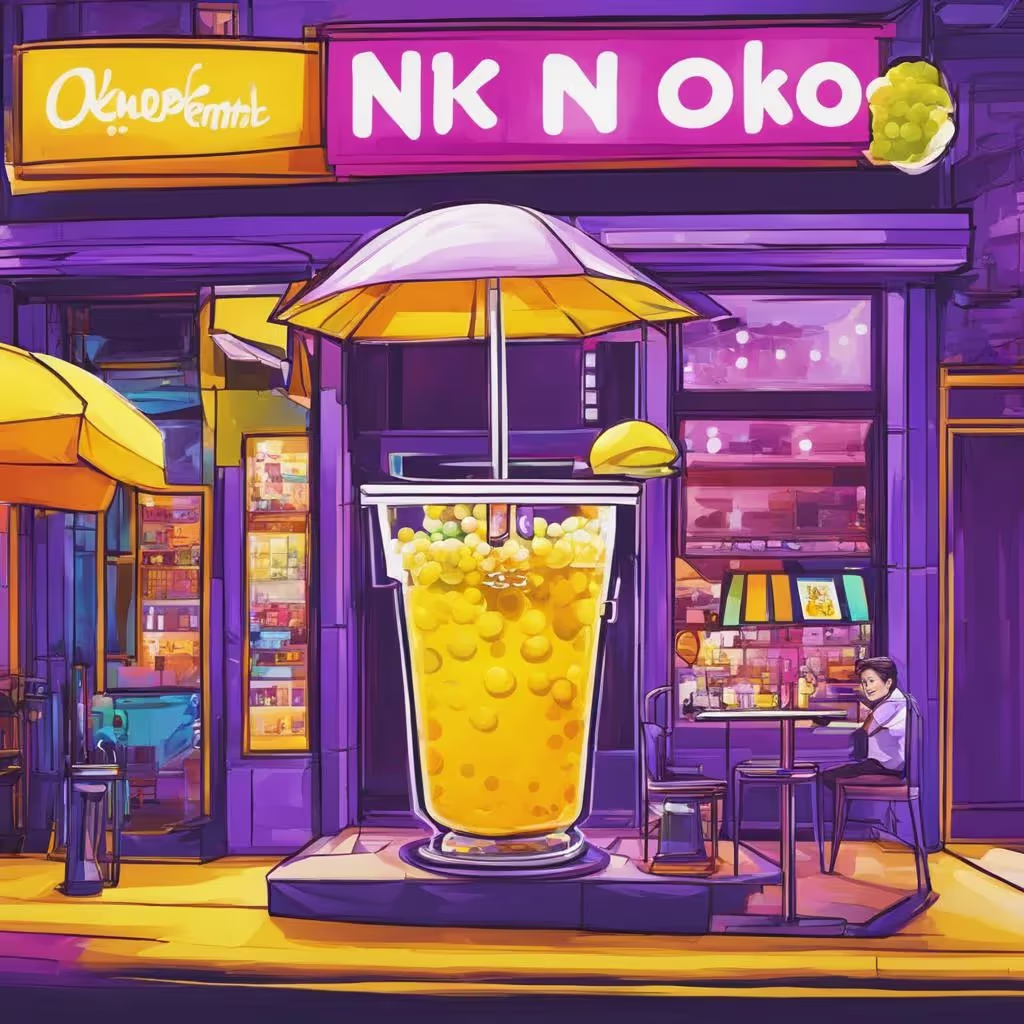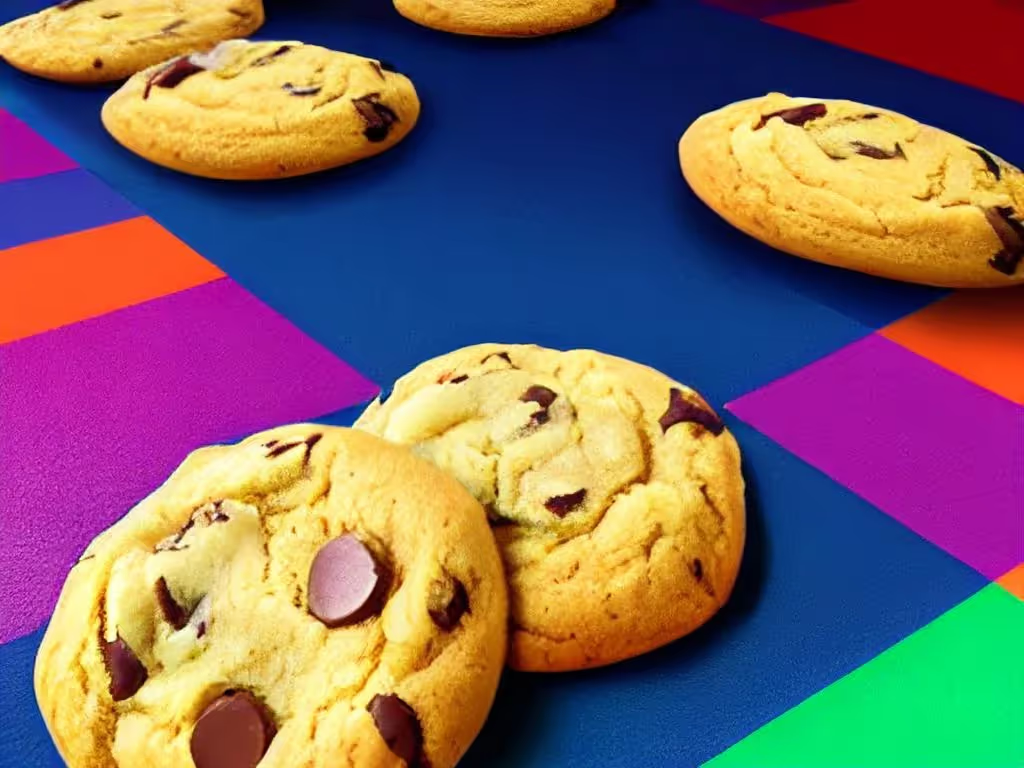TLDR
For all the bakery or coffee shop owners using Square, we have good news for you all with the introduction of the '86' feature right in your app. Now you'll be able to easily keep track of your inventory and reduce wasting your baked items.
The origins of "86" trace back decades in the restaurant industry, but the term still carries weight today. In this article, we'll explore the meaning behind '86,' why it matters for bakeries, and how a mobile ordering app from Per Diem can integrate this feature to benefit your business. With the ability to instantly mark menu items as '86,' you'll boost efficiency, cut costs, and provide a better customer experience. Read on to learn how this staple practice translates digitally to help bakeries thrive in a modern context.
The Origins and Meaning of "86" in Restaurants and Bakeries
A Figurative Expression of Death
The idiom "eight by sixed" (or "86ed") is a euphemism for someone being buried alive, typically in a coffin, and is not based on the actual dimensions of a coffin or grave. While a coffin might be about 6–8 feet long and buried 6 feet down, the "eight by sixed" expression is a figurative representation of death. Over time, this morbid slang evolved in usage, and in restaurant lingo, “86” came to signify that something — whether a dish or a person — was figuratively “dead” or removed from circulation.
Maximizing Freshness and Minimizing Waste
For bakeries, using “86” helps ensure freshness and minimizes waste. When an item is marked as “86,” staff know not to continue preparing or selling that item. This prevents the business from producing more of an item than it can sell while ingredients and products are still fresh. It also reduces the amount of leftover products that must be discarded at the end of the day.
Integrating “86” Into Modern Technology
Per Diem mobile ordering app now allows Square businesses to easily mark menu items as “out of stock” to notify staff and customers. When customers place an order, they will see that the item is unavailable and can choose an alternative. This integration of the “86” concept into modern technology helps businesses run more efficiently while providing an improved customer experience.
Using time-tested practices like “86” along with contemporary digital solutions, bakeries and cafes can operate smoothly while reducing waste and keeping customers happy. This combination of tradition and technology allows small food businesses to succeed in an increasingly competitive market.
How the "86" Feature Boosts Operational Efficiency
The "86" feature, where items are marked as out of stock, provides bakeries and cafes with several benefits to streamline operations. Historically, the term "86" originated in the early 1900s and was used by soda jerks to indicate that a particular ice cream flavor was no longer available. Today, the "86" feature allows food service establishments to track inventory and ensure consistent quality.
Standardizes Recipes and Quality Control
By tracking which menu items have been "86'd," bakeries can make adjustments to recipes and ordering to prevent items from selling out in the future. They can also see which items are most popular and may need increased production. This helps standardize recipes for consistent quality and customer experience.
Optimizes Inventory Management
Implementing an "86" system, whether through a point-of-sale system or a mobile app, gives businesses real-time data on stock levels. They can see at a glance what needs to be reordered or replenished, allowing them to maintain optimal inventory levels. Excess stock means increased waste and costs, while too little means lost sales opportunities. The "86" feature helps strike the right balance.
Increases Operational Efficiency
An integrated "86" system streamlines back-of-house operations. Staff can quickly mark items as sold out, triggering a notification to replenish stock. This cuts down on time spent manually tracking inventory or updating managers. The result is a more efficient workflow and less time troubleshooting or trying to determine how much of each item remains.
By providing bakeries and cafes the tools to efficiently manage inventory, standardize quality, and optimize operations, the "86" feature boosts productivity and the bottom line. Implementing an automated "86" system through a point-of-sale platform or mobile app is a smart strategy for any food service business looking to scale.
Start Offering "86" Capabilities in Your Mobile Ordering App
How "86" Benefits Bakeries and Cafes
For bakeries and cafes, the ability to easily "86" items is crucial. Decomposable goods with a short shelf life need to be sold quickly to avoid waste. If a pastry or sandwich becomes stale or ingredients run out, staff can "86" the item to prevent customers from ordering it. This saves the business money and ensures customers receive the freshest products. With a mobile ordering system, businesses can "86" items remotely to account for fluctuations in inventory and staffing.
Offering "86" in a Mobile Ordering App
White-label mobile ordering apps like Per Diem offer an "86" feature that allows businesses to mark menu items as unavailable straight from their app. Staff can instantly update the menu to reflect what is actually in stock, even when working off-site. Customers ordering through the app will not see or be able to order "86'd" items, streamlining the ordering process. An app with "86" capabilities provides businesses with more control and flexibility over their menu in real-time. Staying on top of inventory and updating the menu accordingly is key to running an efficient operation and keeping customers satisfied.
In summary, the "86" feature has a long history of helping food service businesses reduce waste and improve the customer experience. Mobile apps that offer "86" provide bakeries and cafes an easy way to update their menu on the go and ensure only what's in stock is available to order. By giving businesses more insight and control over their inventory, "86" helps them run more efficiently while providing customers the freshest, highest quality products.
Final Thoughts
As we have seen, "86" is an integral part of the bakery and cafe industry, allowing these businesses to efficiently track their stock and minimize waste. While the term's origins are uncertain, its usefulness is clear. With mobile ordering solutions like Per Diem, bakeries can now take advantage of digital "86ing" to seamlessly update menus and keep customers informed. By implementing this feature in your own bakery's app, you streamline operations and provide better service. The customers will appreciate you and your business will benefit from smoother workflows and reduced costs. Going the mobile route and "86ing" more intelligently will give your bakery an edge over the competition.


.webp)


.webp)
.png)
.webp)

.avif)
.webp)
.webp)
.webp)

.webp)







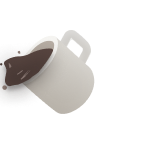









.svg)





.svg)
.svg)
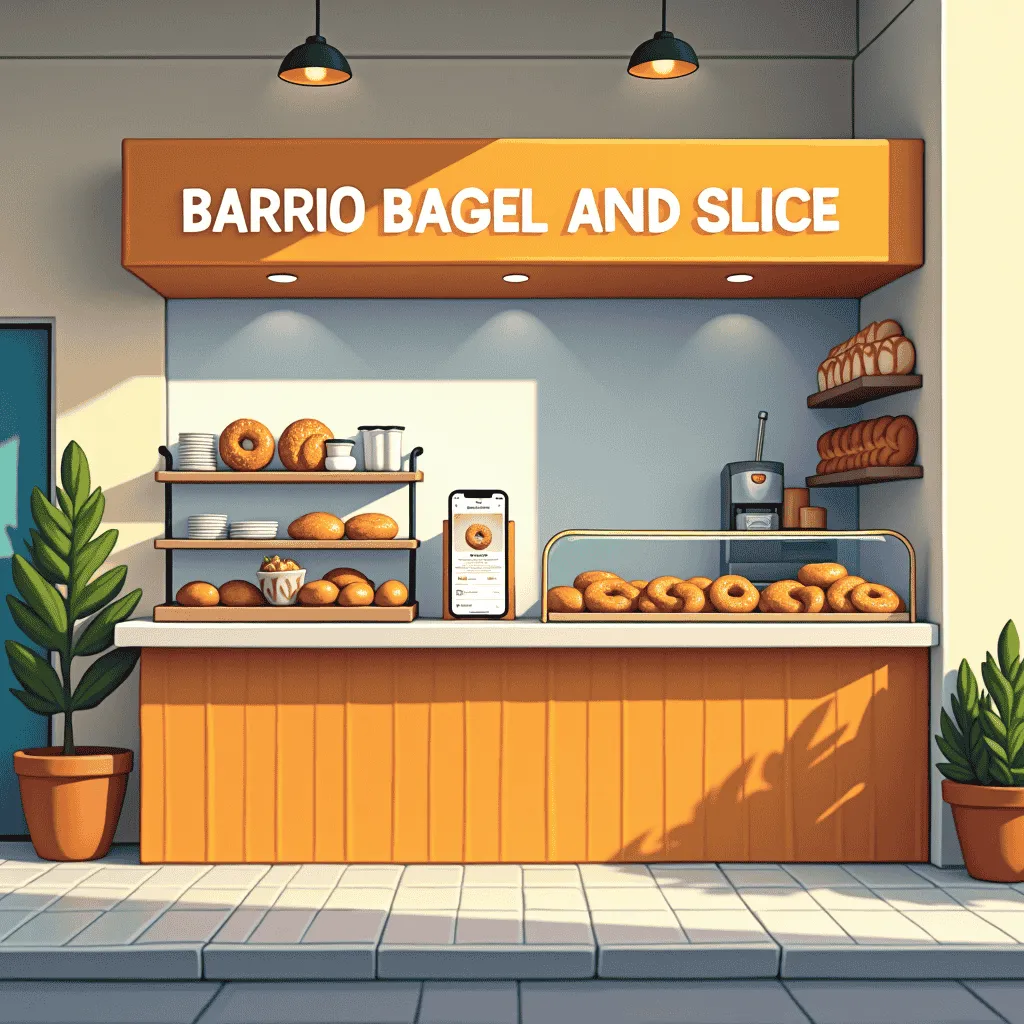

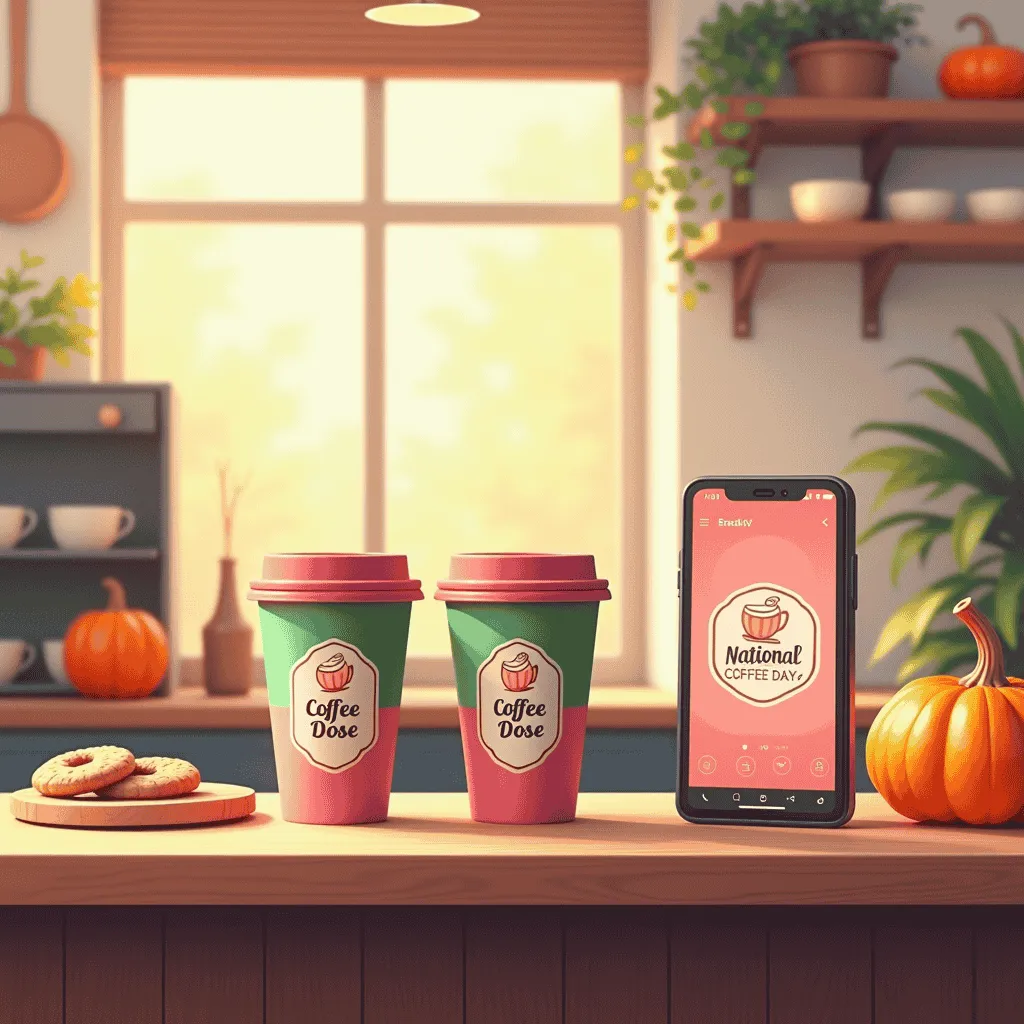
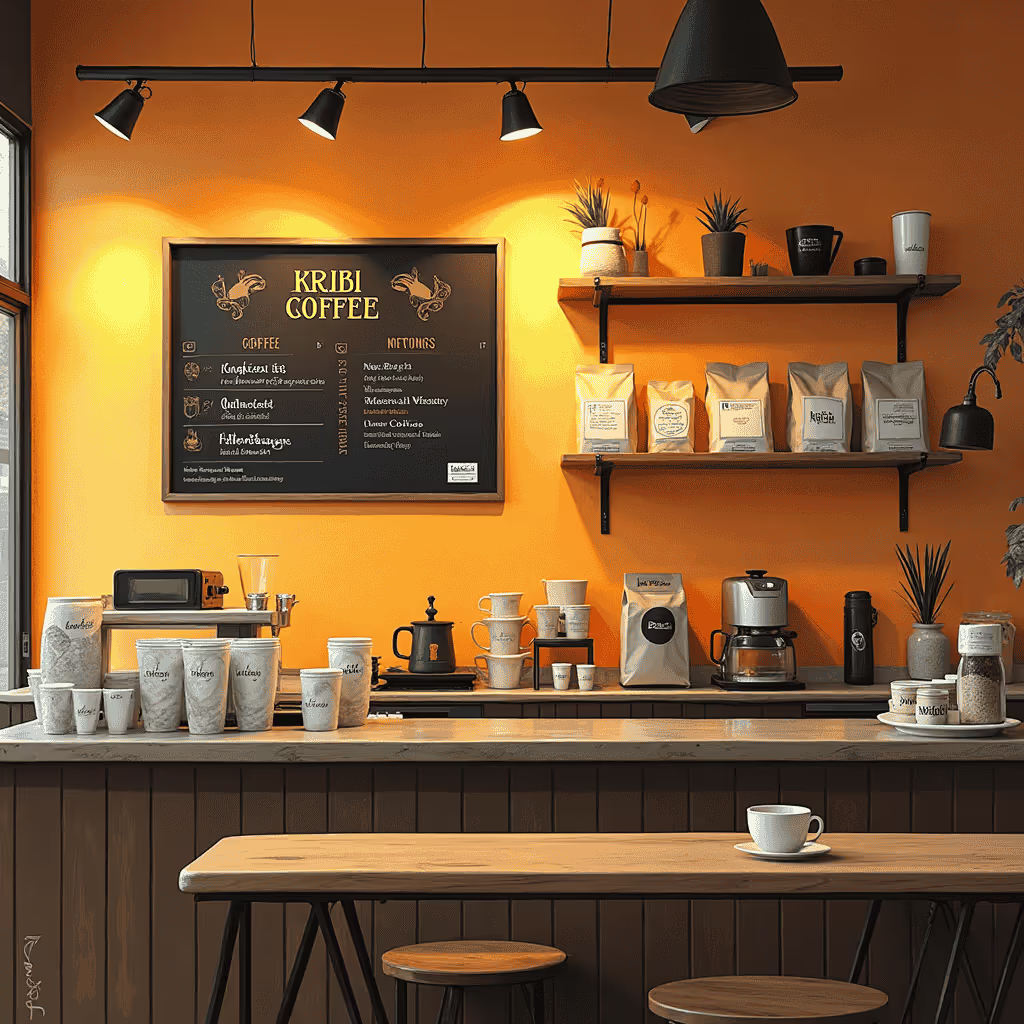
.avif)
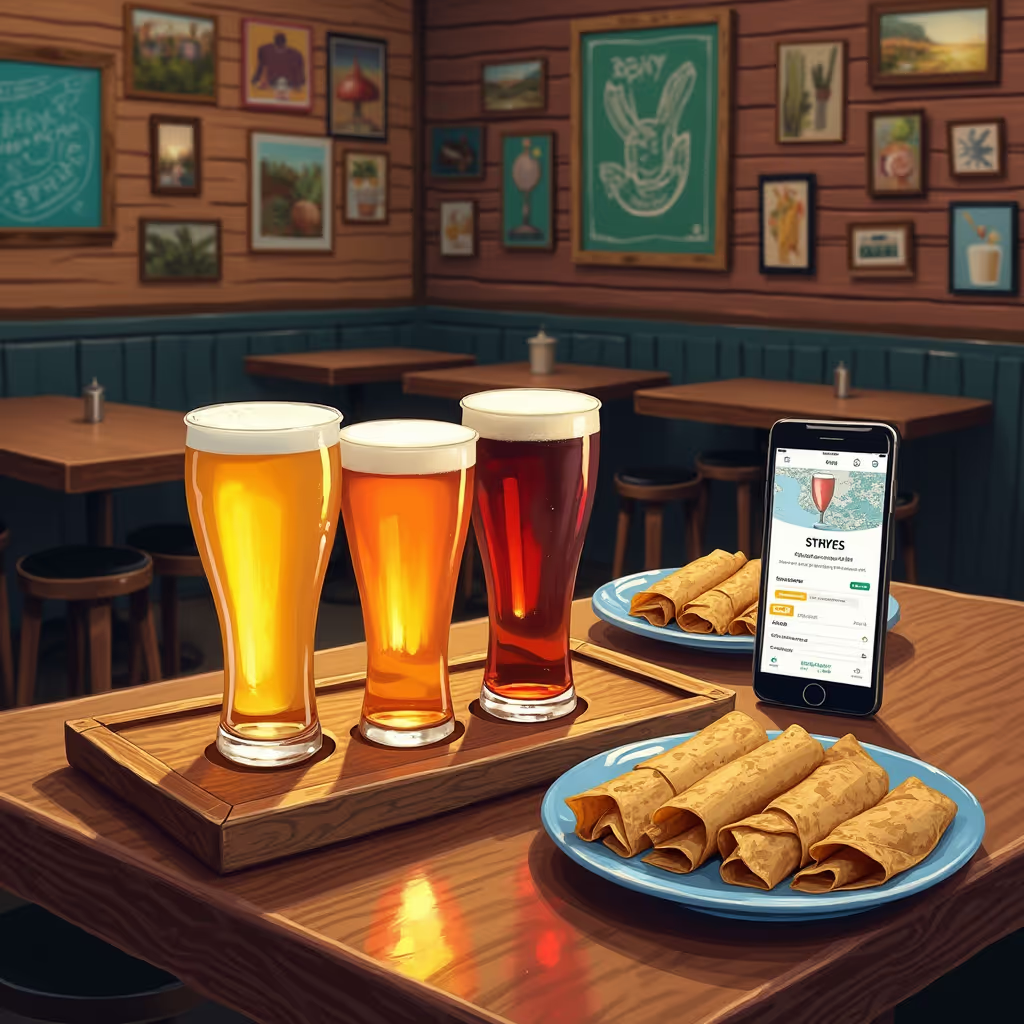
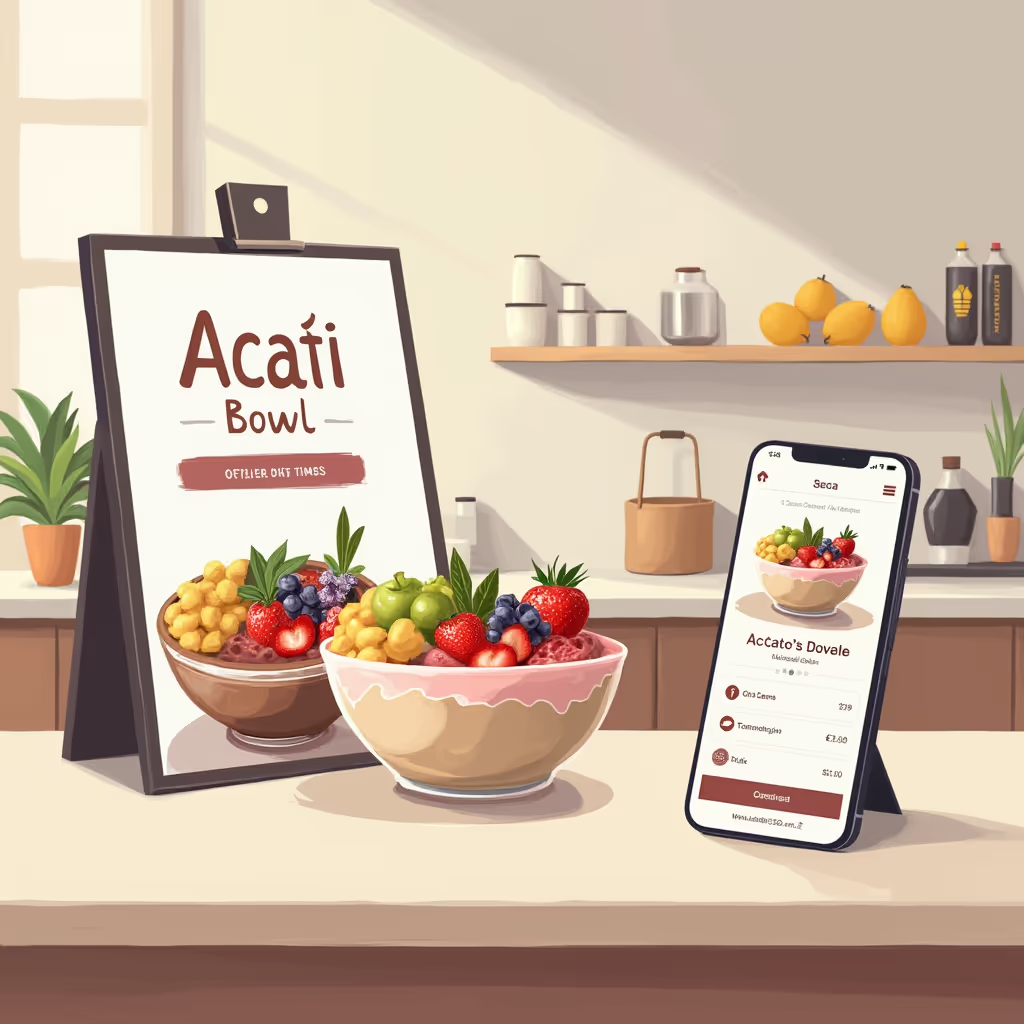
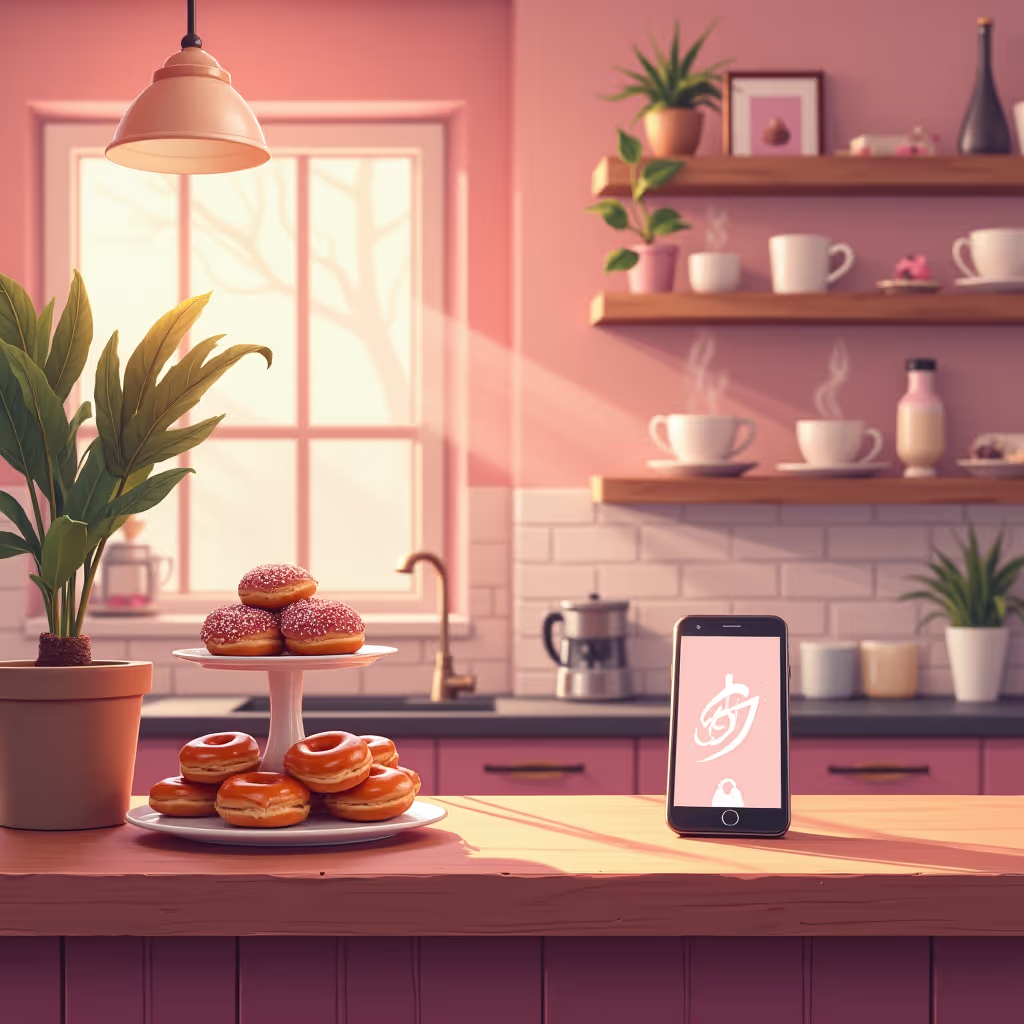
.avif)
.avif)
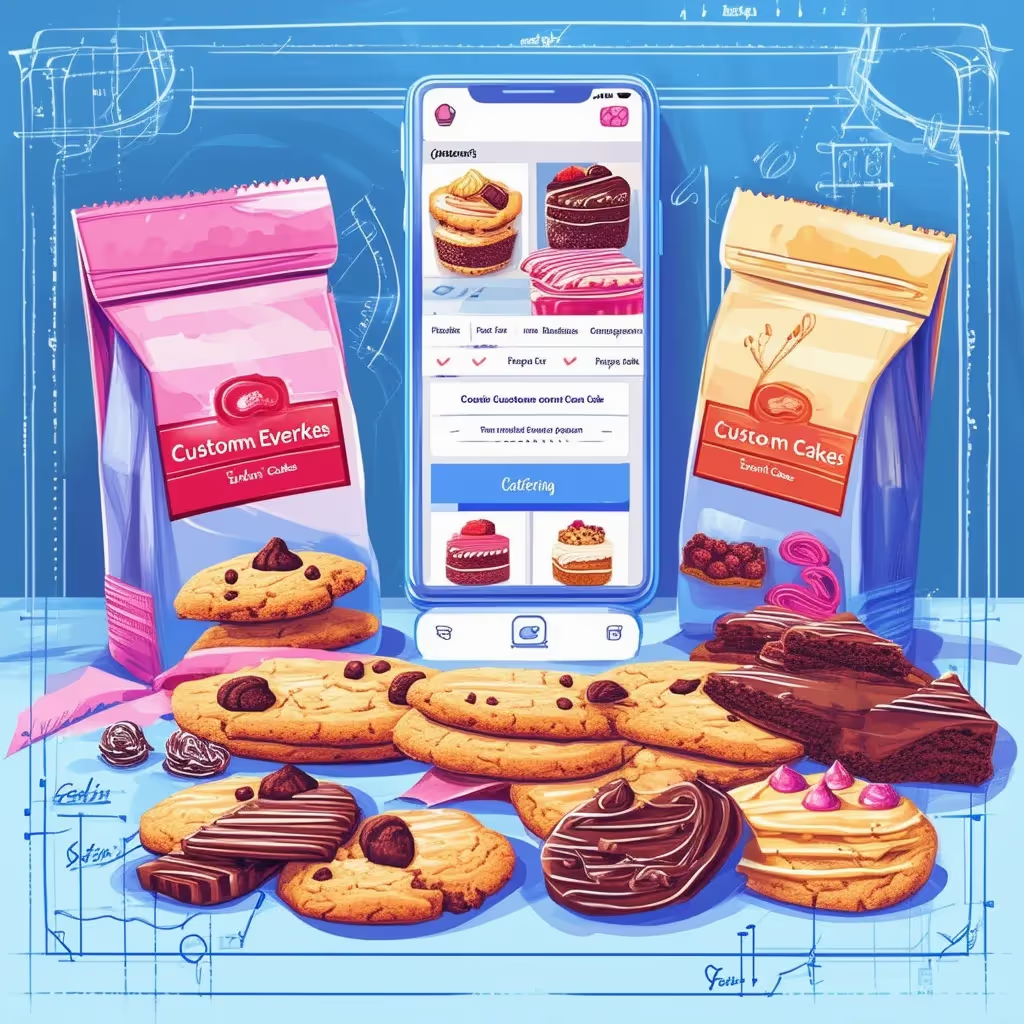
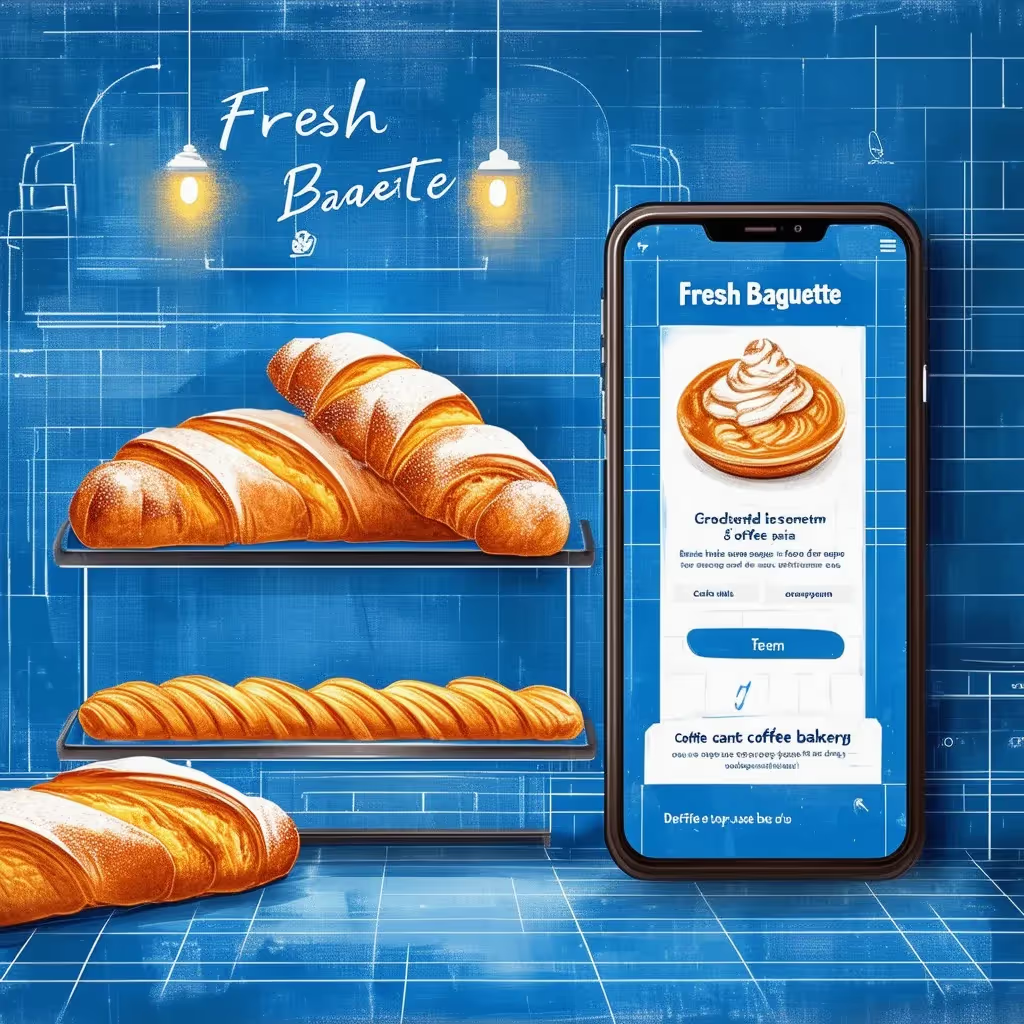
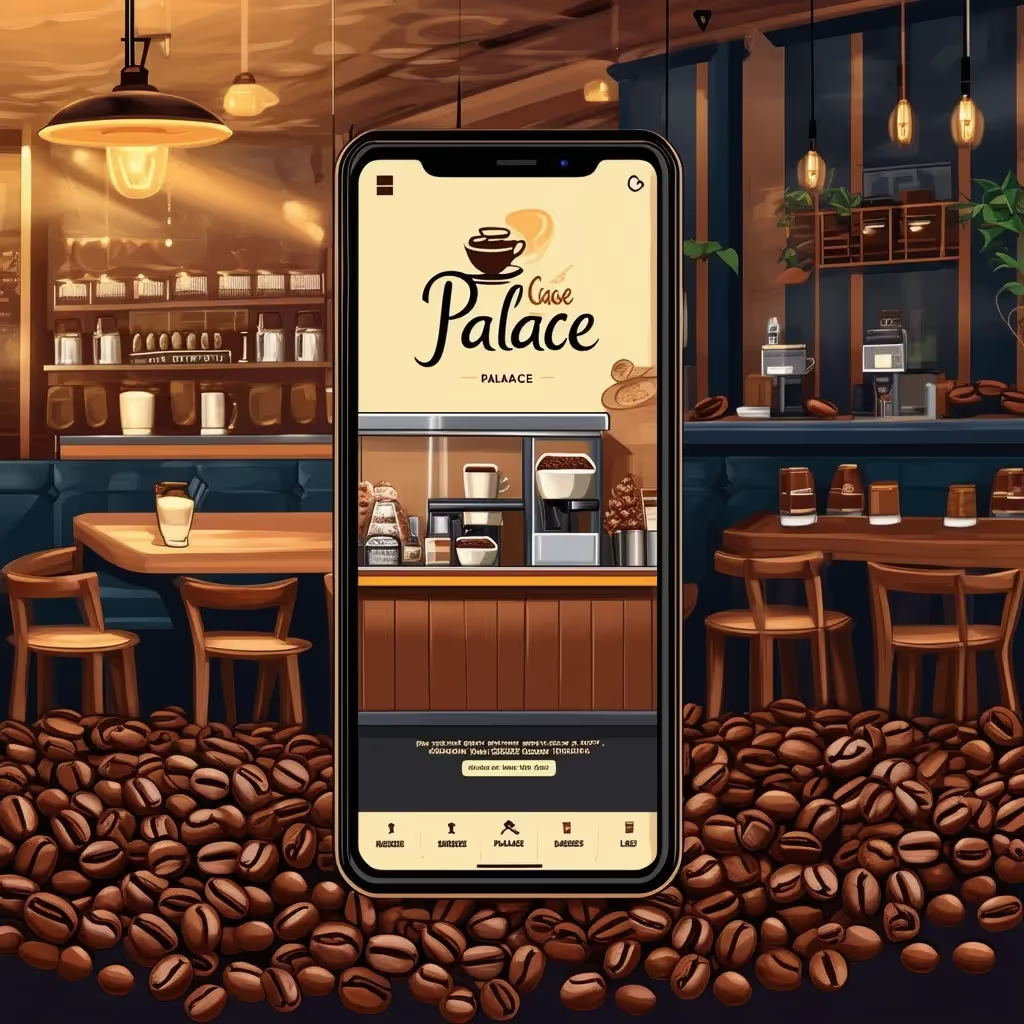

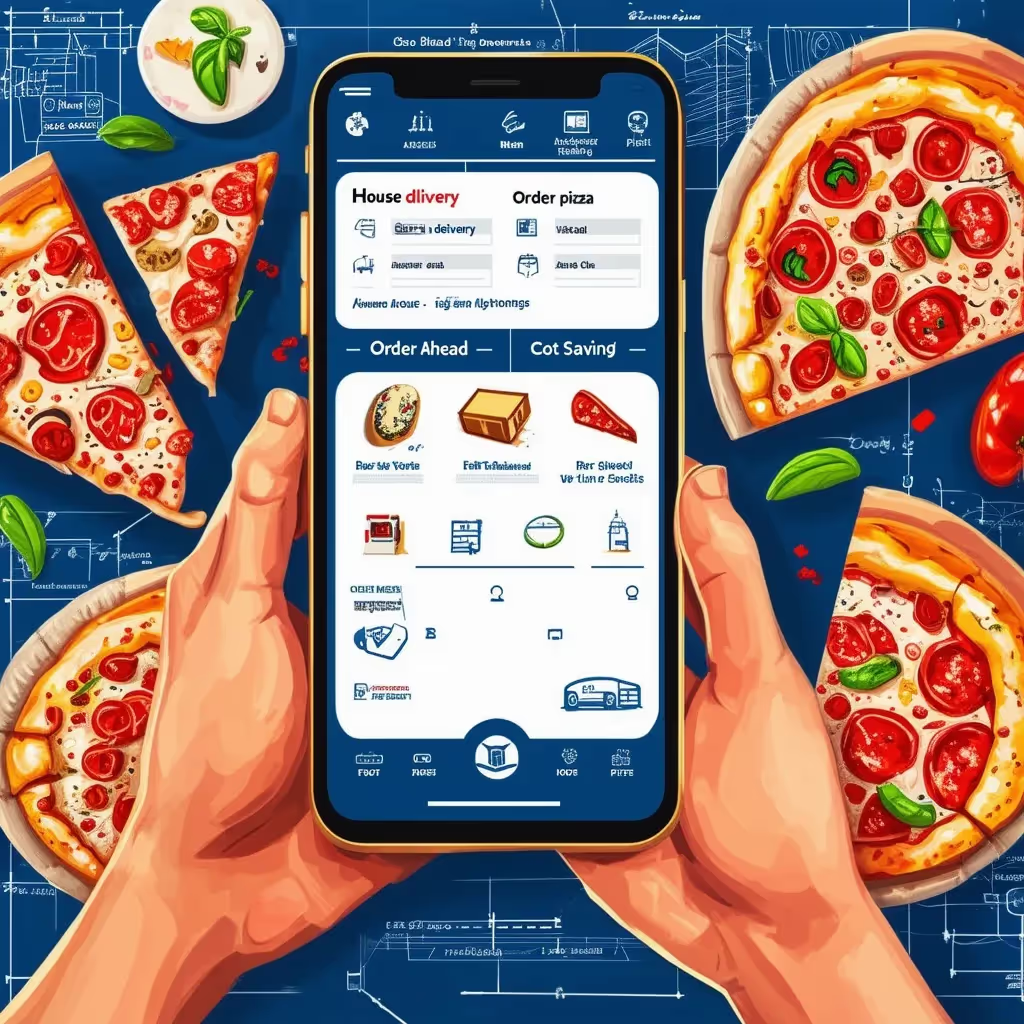

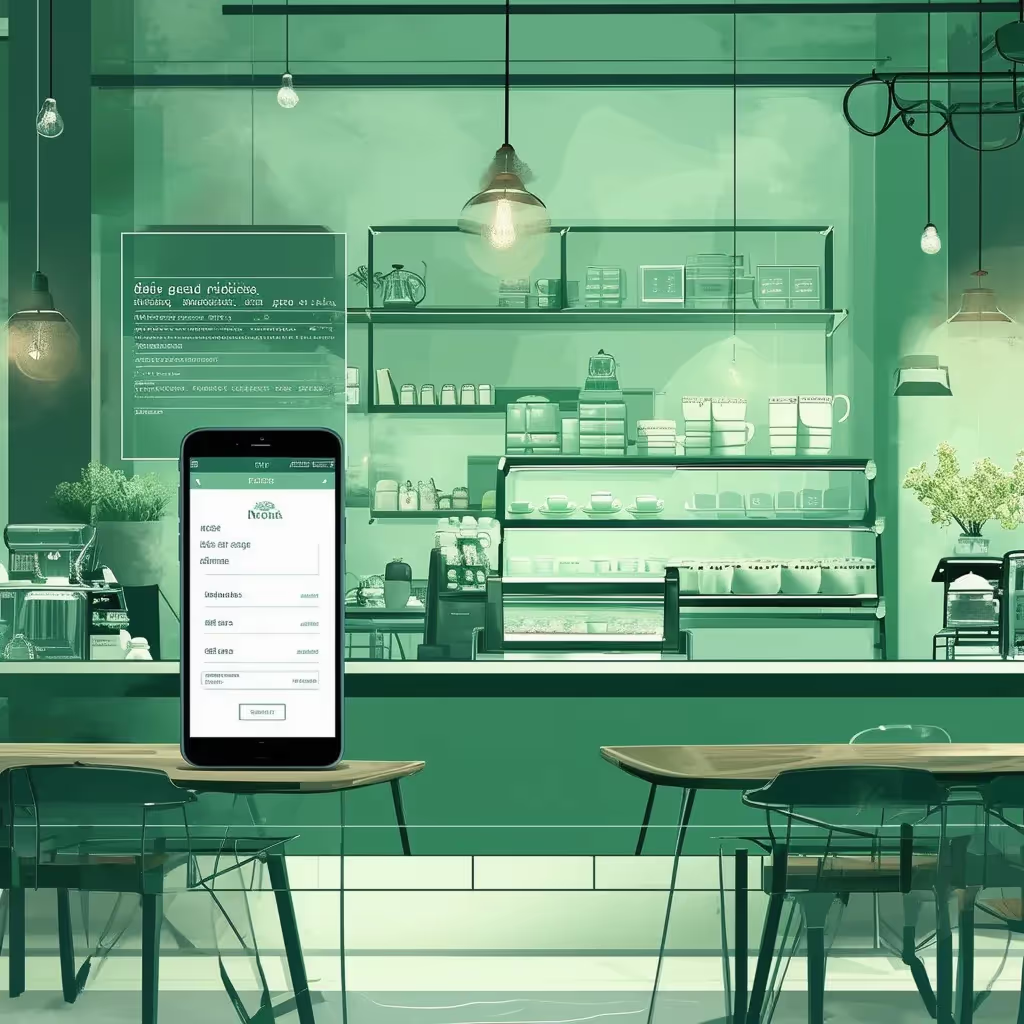

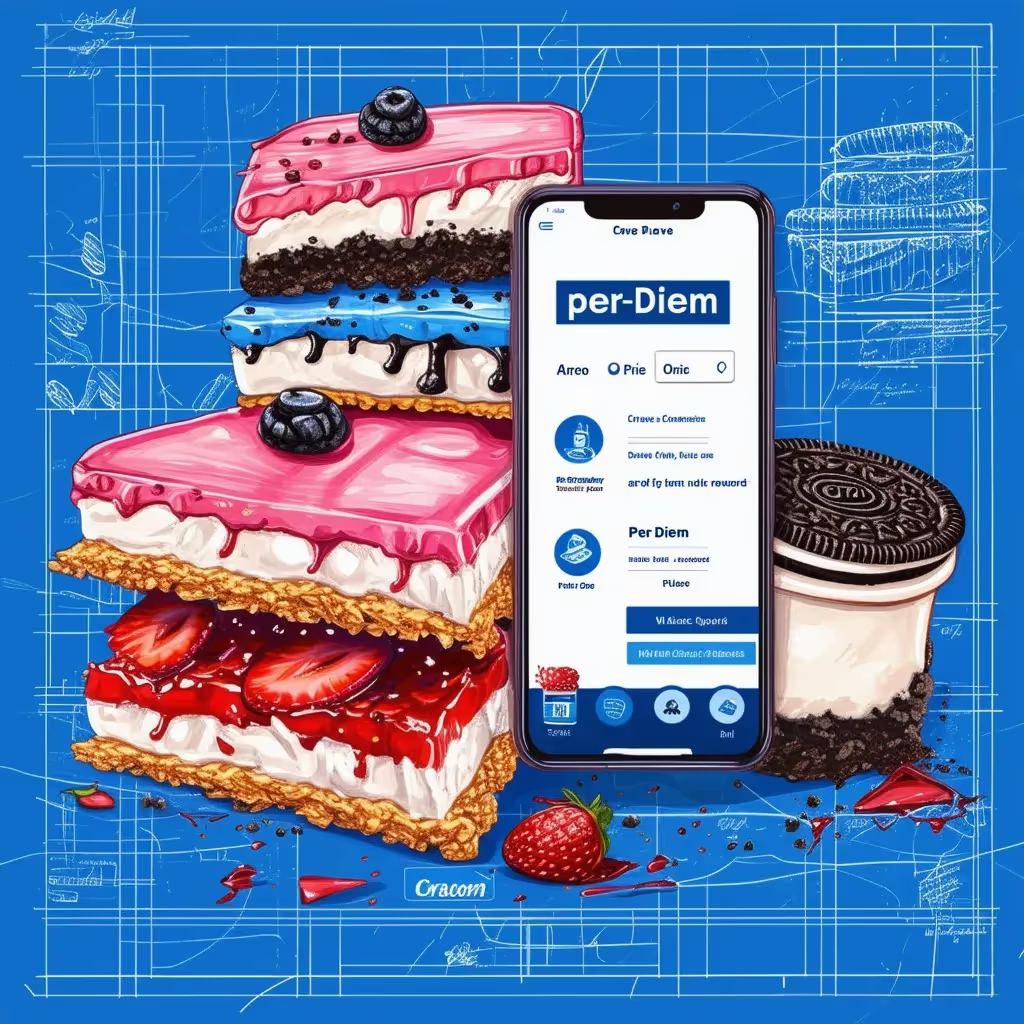
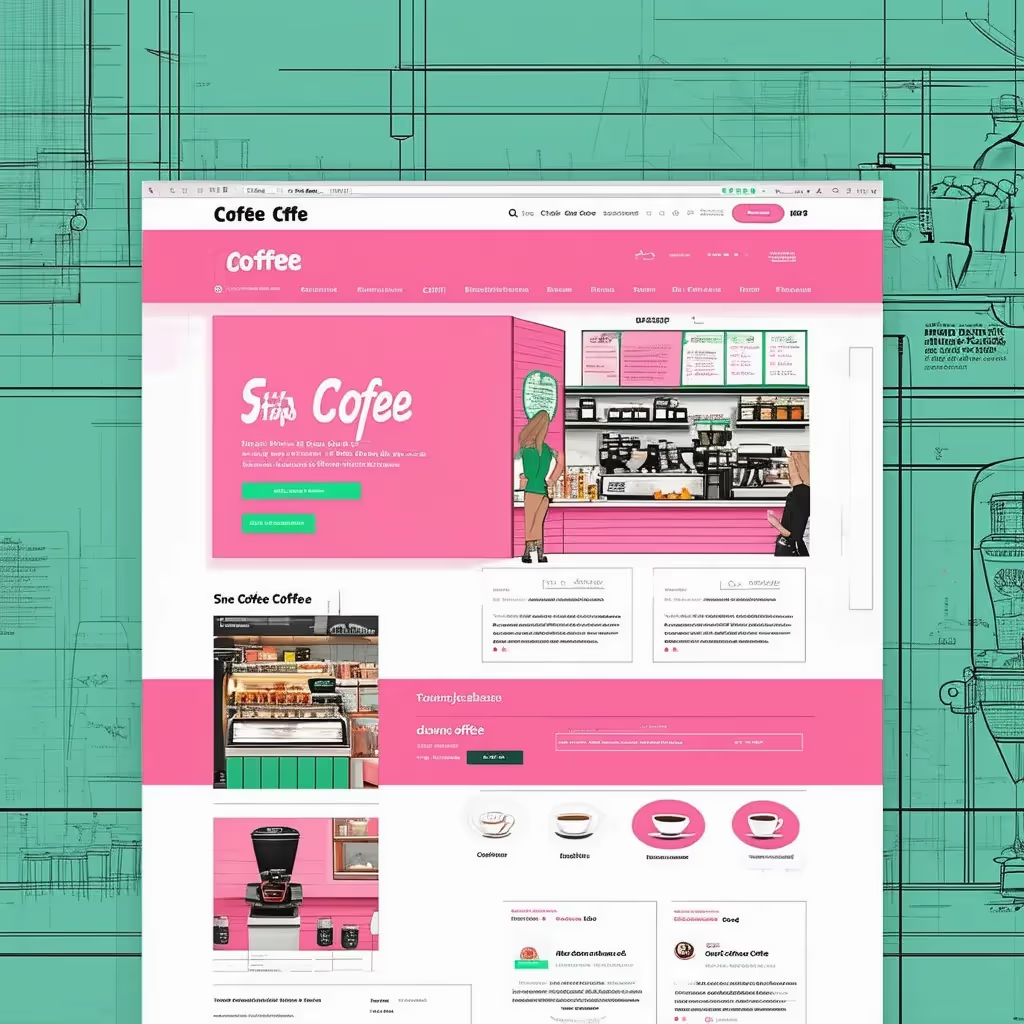
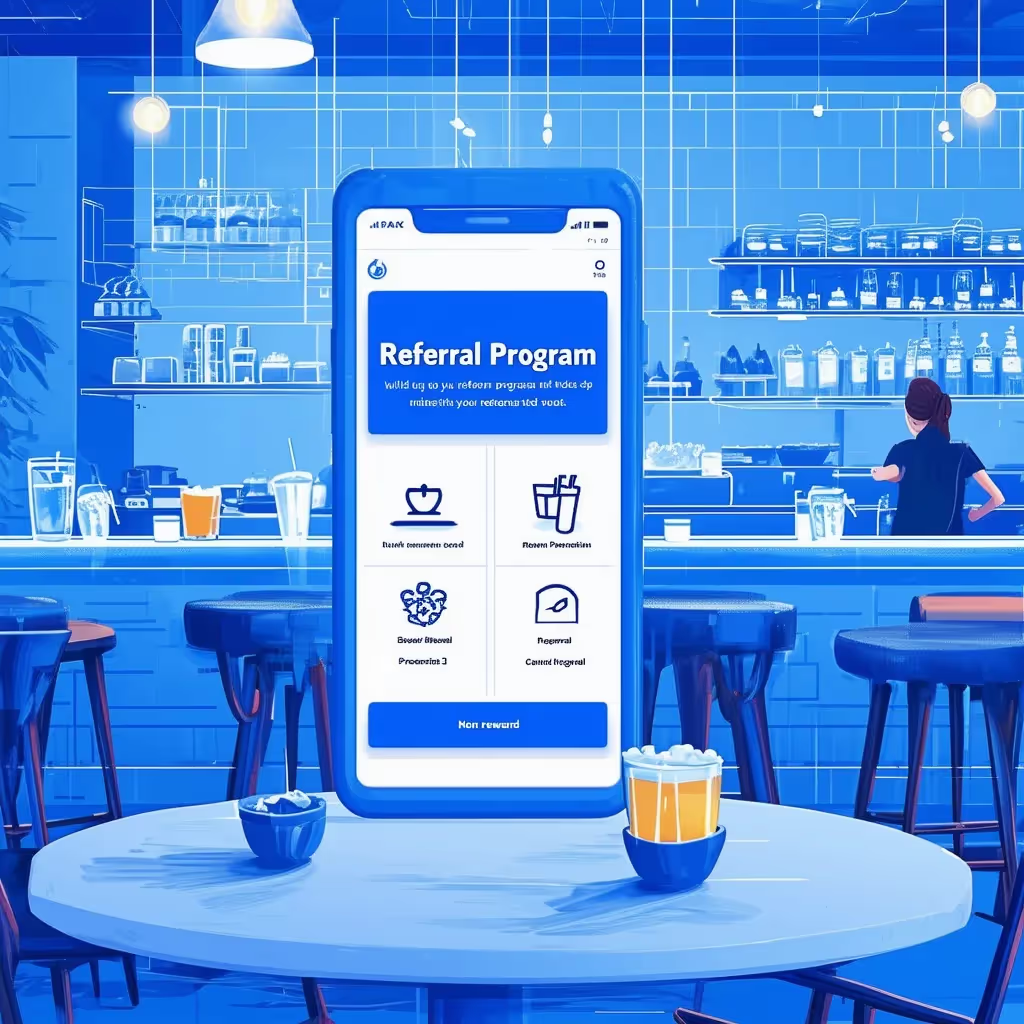


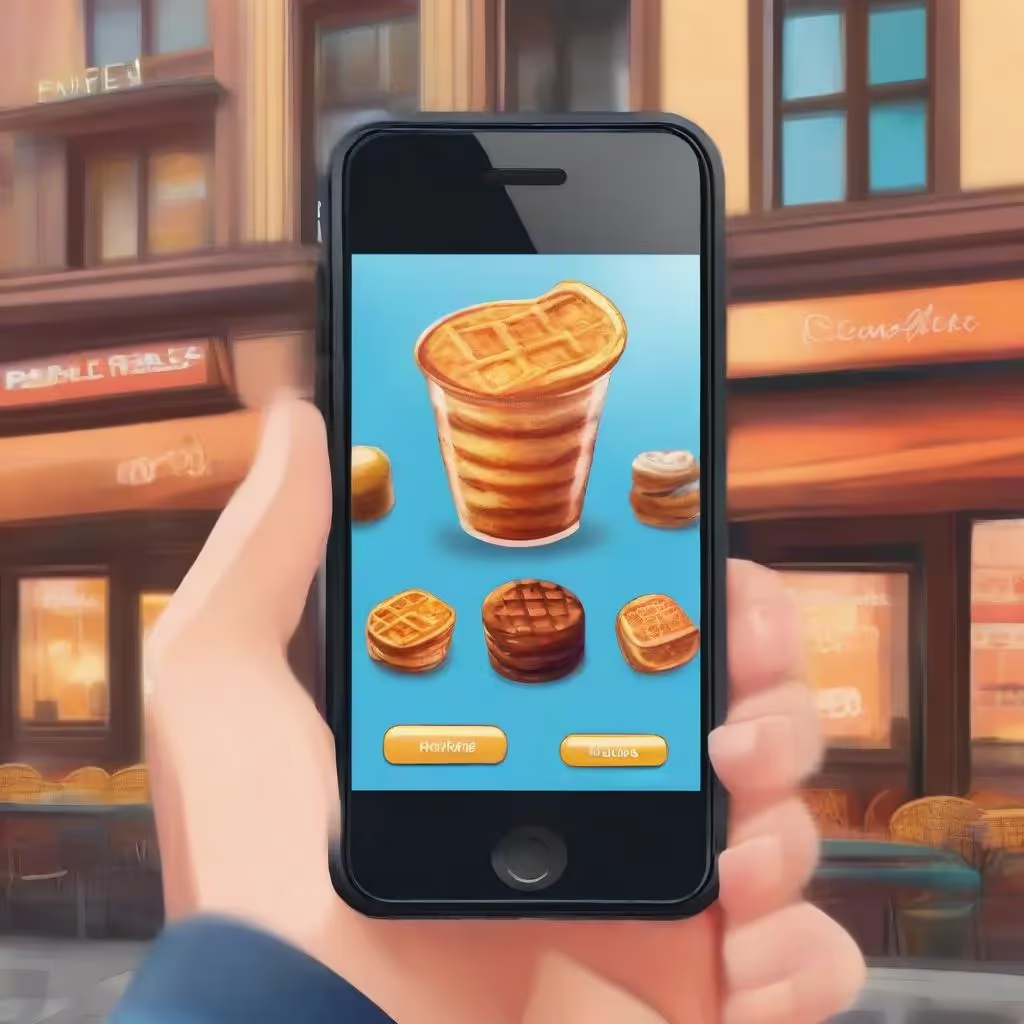


.avif)




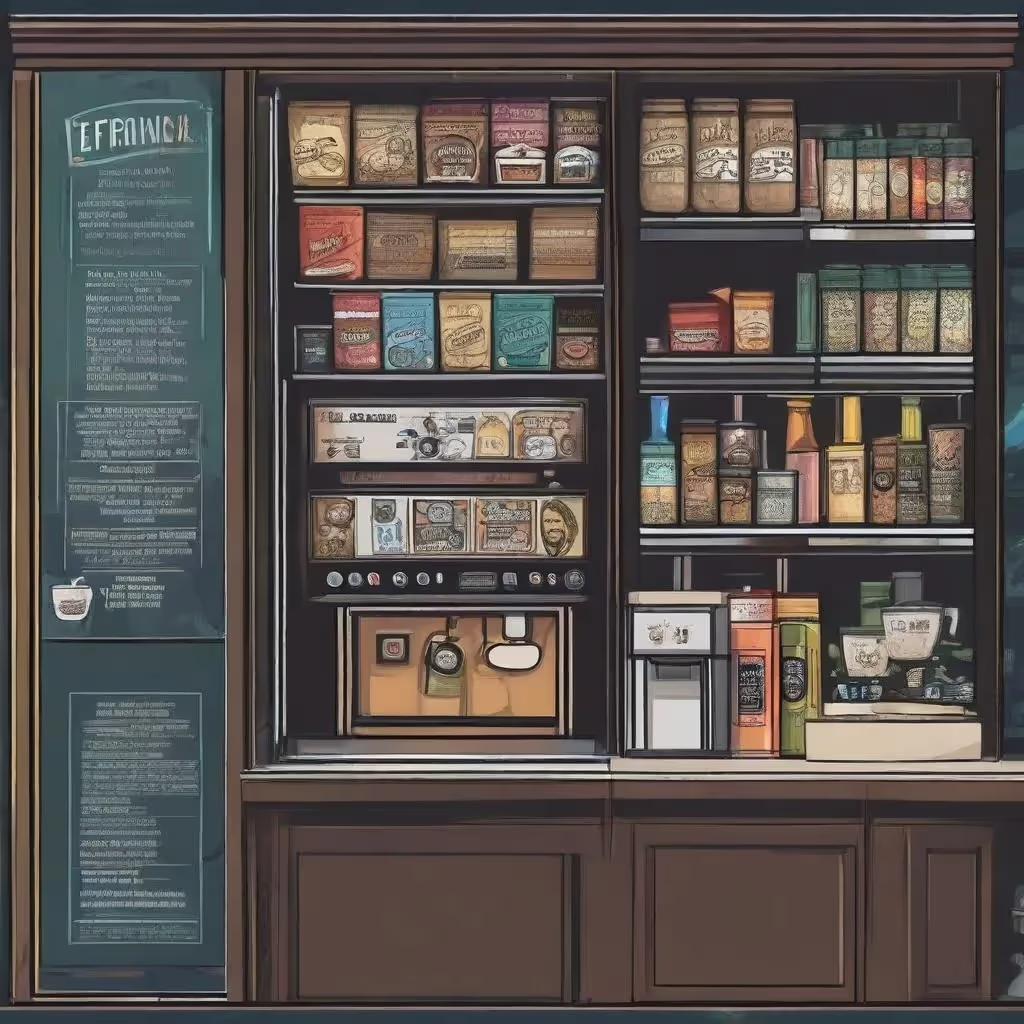
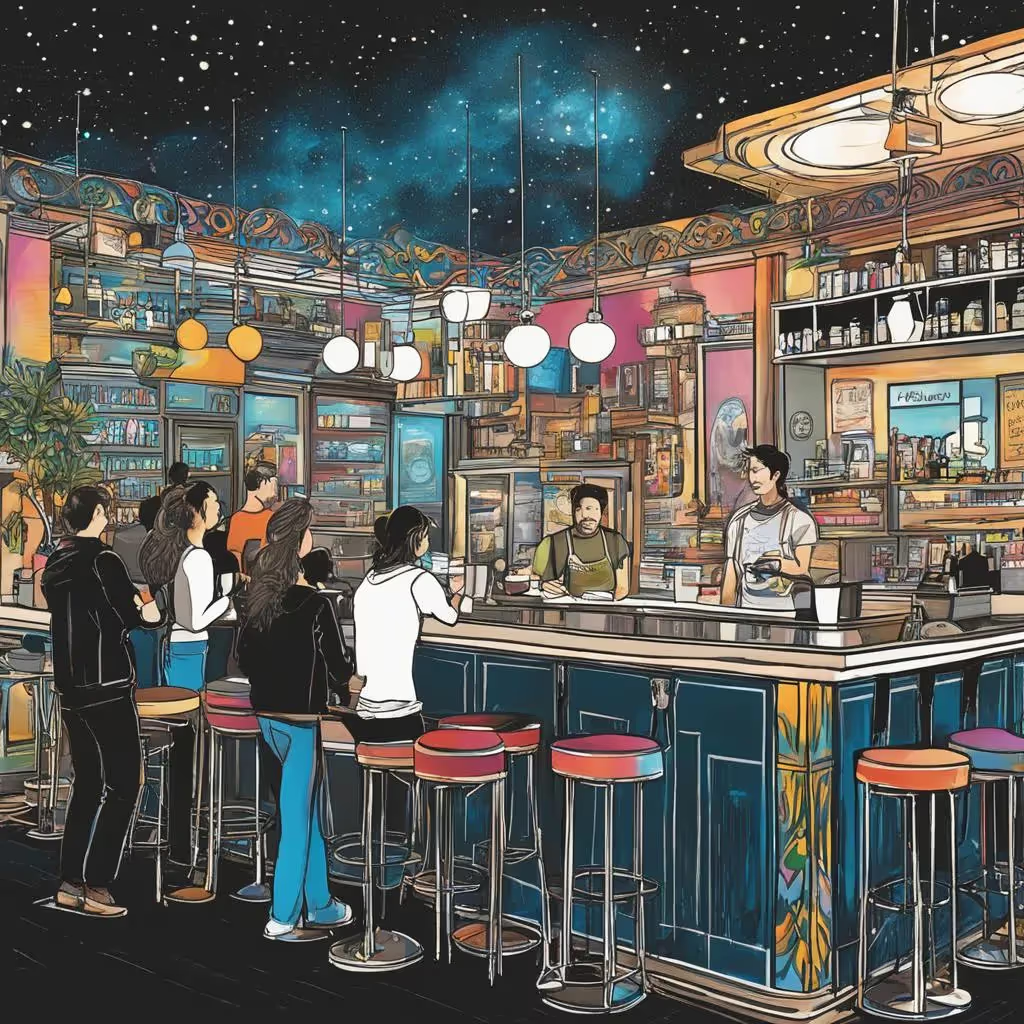


.avif)
